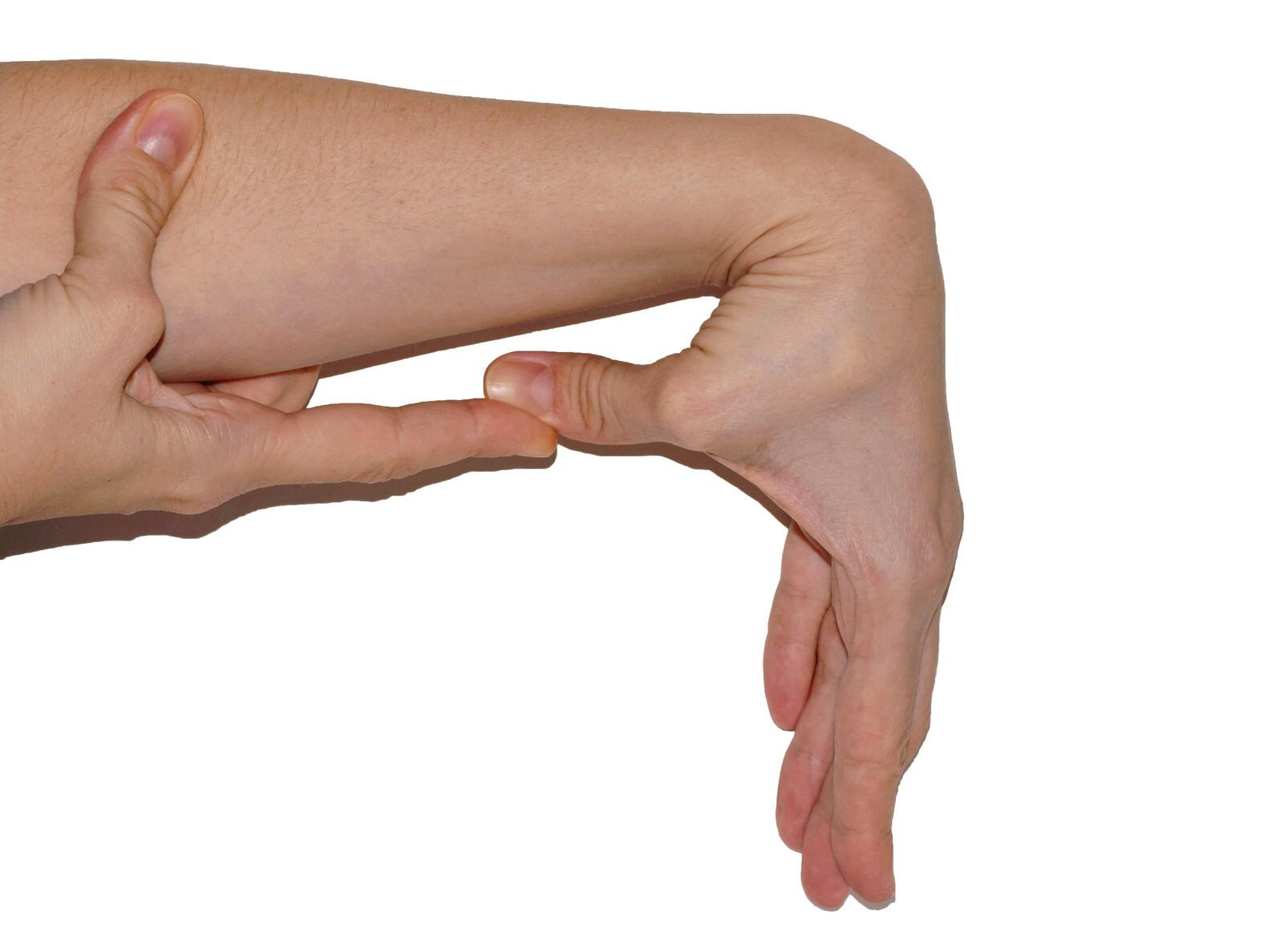Understanding Ehlers-Danlos Syndrome & How it Affects Stability

There are various medical conditions that reduce the mobility of an individual. Whether the cause is neurological or orthopedic, reduced mobility can cause muscle atrophy, joint stiffens and can contribute to overall fall risk.
One condition that gets little attention is Ehlers-Danlos syndrome (EDS). EDS is an inherited and potentially life-threatening connection tissue condition that may compromise mobility. Understanding more about this disorder can help sufferers engage the most effective treatment in coping with the symptoms.
Ehlers-Danlos Syndromes or EDS is a group of connective tissue disorders. The ailment is caused by 19 possible gene mutations that are responsible for regulating collagen proteins in our bodies. Collagen is a crucial biological component responsible for retaining the strength and structure of our skin, organ lining, and bones.
There are 13 types of Ehlers-Danlos Syndromes that affect different parts of the body with varying symptoms. An estimated 1 in 5,000 people are known to suffer from EDS. The hypermobile and classical variants are the most common forms of the disorder and cause mobility issues in sufferers. EDS can be medically diagnosed through genetic testing and skin biopsy.
Although EDS is often diagnosed during childhood, some cases may be relatively asymptomatic and remain undiagnosed until sufferers are well into their 40s. The most common physical symptoms shared by all types of EDS include weak muscle tone, elastic skin and hyper flexibility of joints.
Mobility Concerns in Ehlers-Danlos Syndromes
Abnormal connective tissues enable EDS sufferers to move beyond the normal range of motions (through hyper flexibility), i.e. hyper-extending elbows or bending the knees backward. These bodily movements may seem painful or impossible for people without the condition.
The weakened connective tissues may result in joint dislocations, scoliosis and premature onset of osteoarthritis - symptoms that further compromise the mobility of an individual. EDS sufferers may face chronic musculoskeletal pain throughout their lifetime due to the weakness of connective issues. Pain symptoms might worsen through increased physical activities, especially in vigorous exercises that exacerbate the wear and tear of connective tissues.
Additionally, EDS sufferers may face complications in the case of falls. The fragile skin of EDS sufferers makes them prone to bruises and wounds that cause prominent scarring. A mild bleeding episode might lead to skin disfigurement that is commonly known as cigarette paper scars.
Although there is currently no cure for EDS, sufferers can take additional measures in coping with physical symptoms. Joint surgery,. physical therapy and corrective exercise are some possible methods of treatment that can reduce mobility problems.
Naboso's Revolutionary Concept
Naboso Technolgy's specialized products combine the advancements of surface science and podiatry in creating an innovative system. Each product enhances natural proprioceptor connections in your body from the foot up to achieve maximized mobility control. EDS sufferers can benefit from Naboso's products through refining sensory functions, which provide greater movement control and reducing the chances of falling.
Additionally, Naboso's products provide a greater measure of comfort for EDS sufferers through reinforcing muscle control and reducing the toll on connective tissues. This enables wearers to possibly enjoy the benefits of a pain-free gait perhaps for one of the first times in their lives.
Naboso Insoles
Naboso insoles are compatible with feet of all shapes and sizes. They're also wearable with orthotic insoles for a combined effect. These thin textured insoles function through a two-point discrimination method, similar to reading braille, which stimulates nervous connections between the soles of the plantar foot and brain centers responsible for movement, coordination, and stability. In other words, Naboso insoles are specially manufactured to mimic the function of your soles, just as nature intended, and as such, restores control to individuals who are currently facing mobility issues.
Naboso Mats
The only textured mats are available in the market. Surfaces of Naboso mats are specially manufactured to activate the nervous system from the foot up. They can be conveniently integrated into an existing fitness or rehabilitation program to boost results.
Why Proprioception with Ehlers-Danlos Syndrome?
Joint awareness is important when it comes to joint stability. Naboso Founder Dr Emily Splichal always says “A joint can only stabilize as quickly as it can perceive a shift in the joint”. What does this mean? The faster you can sense your joint shifting, the faster you can stabilize that joint.
Naboso Insoles and Mats are designed to help perceive that shift in the joint faster! Our unique products are here to improve movement and stability so anyone can enjoy an active life without interference.